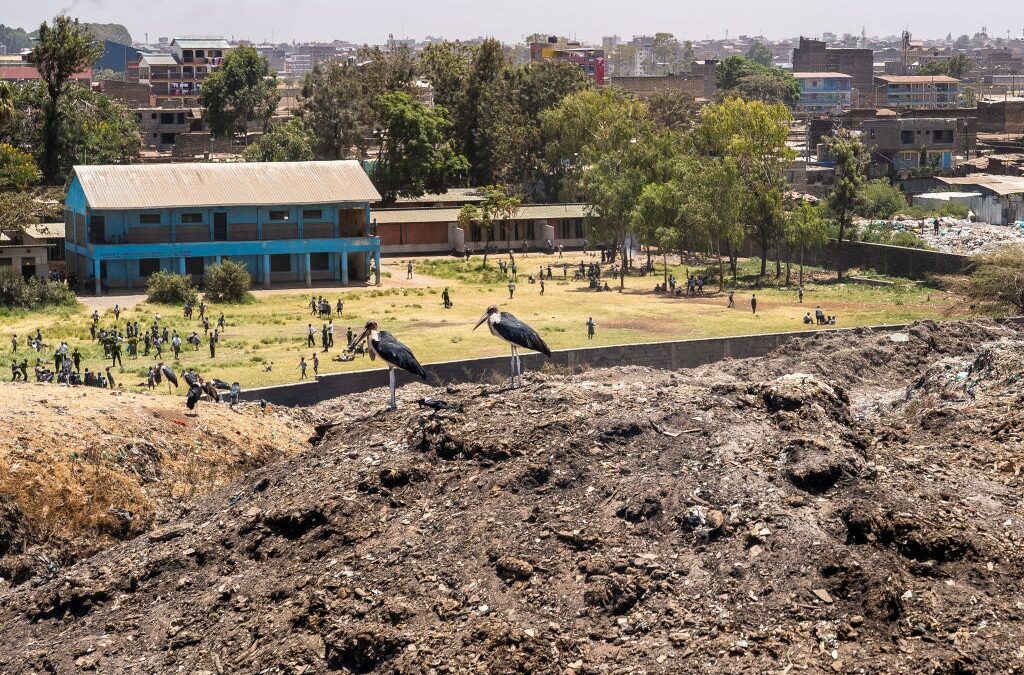
Measuring Adaptation: Increasingly Necessary but Not Always Easy
Measuring Adaptation: Increasingly Necessary but Not Always Easy
jschoshinski
Thu, 05/23/2024 – 15:38
As climate change impacts increase around the world, more and more development programs include climate adaptation actions. With this increased effort comes a greater need to track how adaptation supports climate resilience so practitioners know if and how their activities are working, and how to spend the increasing flows of adaptation finance for greater effectiveness.
Despite this need, measuring adaptation is not easy, and there is no “one size fits all” approach. A recent literature review conducted by the USAID-funded Resilience Evaluation, Analysis and Learning (REAL) Award details some of the approaches, challenges, and opportunities for adaptation measurement.
Climate adaptation encompasses many approaches. In some cases, adaptation takes the form of physical structures that can be seen and touched, such as constructing flood control infrastructure like dams and weirs. In other cases, adaptation focuses on more intangible behavior-change investments, such as altering the time of planting a crop.
To add further complexity, adaptation is often scale-specific, meaning what a household might do to adapt is different from what a national government might do to adapt.
In many cases, adaptation actions can only avoid losses, which is difficult to measure. For example, even when an adaptation is a physical structure that can be observed, the success of that structure in reducing climate risk is often only evident when a climate hazard occurs.
Image
Heavy rainfall in the central parts of Malawi in March 2024 led to the death of six people and displaced more than 14,000, with several areas cut-off after floodwaters destroyed roads and other infrastructure including critical bridges.
Credit: Save the Children
The evolving nature of the changing climate and what society considers to be acceptable risk mean that adaptation actions are less likely to be one-off decisions or investments. Instead, they are a process of decisions, investments, and iterations over time. So-called adaptation pathways provide more flexibility for risk reduction but further complicate measurement, as the metrics of success may also need to change.
So what does this mean for how we measure adaptation?
Diverse approaches to measuring adaptation progress have evolved to meet the current state and need. At the global level, the Paris Agreement mandates a regular global stocktake of adaptation progress, which is based on submissions from countries that then underwent a technical review.
The big adaptation finance mechanisms under the UNFCCC, such as the Green Climate Fund, all have their own results frameworks and indicators to which their funded projects must report.
At the local level, more qualitative tools exist, which are more appropriate for the context and able to capture differences over time. Examples include Tracking Adaptation and Measuring Development and Participatory Monitoring, Evaluation, Reflection and Learning.
Although there is no “one size fits all” approach to measuring adaptation, some underlying principles can help determine the most appropriate metric.
It is critical to have a clear theory of change that outlines the mechanism through which an intended action brings about adaptation. For example, if the logic for a modified seed is that it will enable a farmer to harvest a crop in times of below-normal rainfall, then the measure of adaptation success has to be linked to the harvest and the weather conditions.
Having a clear theory of change helps to overcome the typical challenges that arise because adaptation looks different in different places, its success is linked to avoided losses, and it is part of an ongoing process. Outlining a logic that can be checked for contextual appropriateness and against which progress can be tracked also provides the opportunity for a flexible approach that can account for the changing nature of climate risk.
To learn more about these and other insights, read Climate Adaptation and Its Measurement: Challenges and Opportunities.
Teaser Text
Measuring adaptation is not easy, and there is no “one size fits all” approach.
Publish Date
Thu, 05/23/2024 – 12:00
Author(s)
Katharine Vincent
Hero Image
CH11009116_Inonge (38) and her son Lawrence (7) inspect their failed maize crop in drought-hit Zambia.jpg
Blog Type
Blog Post
Strategic Objective
Adaptation
Integration
Region
Global
Topic
Adaptation
Climate Risk Management
Climate Finance and Economic Growth
Monitoring, Evaluation, and Learning
Climate Change Integration
Climate Policy
Resilience
Sectors
Adaptation
Show Download Link
Off




